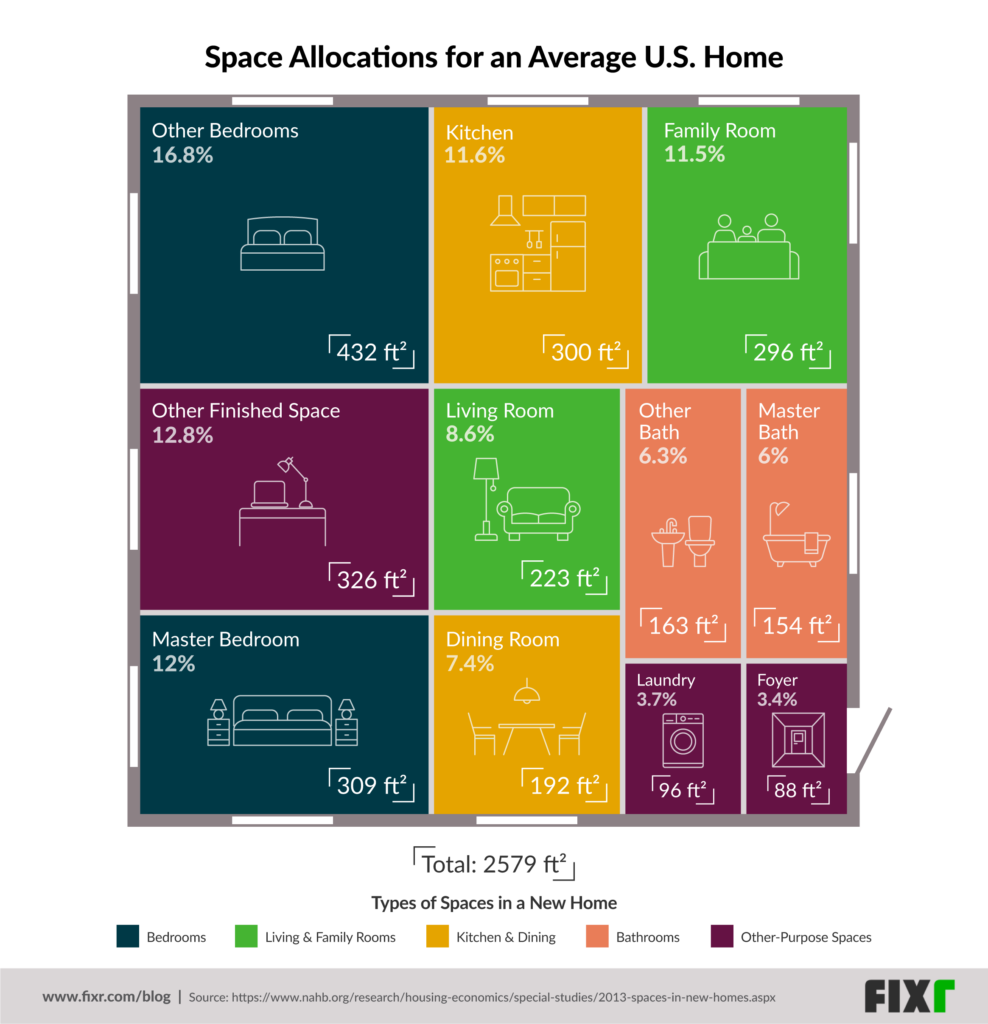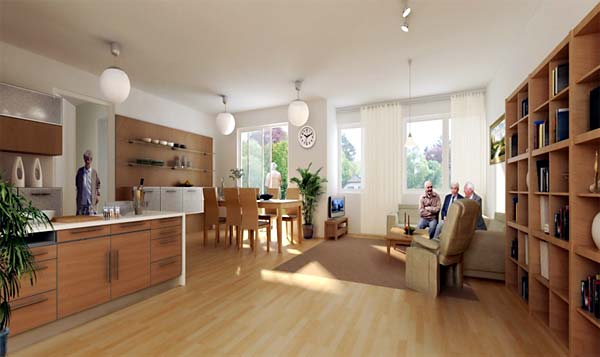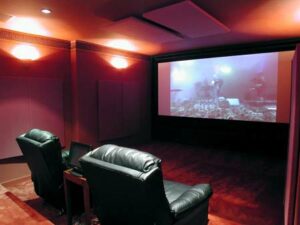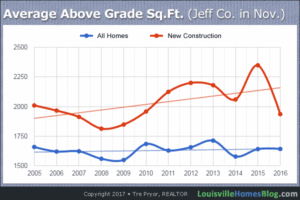I don’t often post infographics because they’re largely clickbait with very little to offer. But I haven’t seen this topic in all my years as a Louisville Realtor. Have you ever wondered what average room sizes were? Basically, how much space is allocated towards kitchens or family rooms or bedrooms in an average home? Very cool findings.
This kind of information is not incredibly helpful for people buying existing homes but if you’re in the market to build your dream home, check this out.

Average Room Sizes
There are a number of difficulties when you try to parse meaning from data like this. First, some homes may not have a particular space, say a second bath or a formal dining room. That will, of course, bring down that room’s average space.
Second, across the country, there is a great variety of home styles and attributes. In some parts of the country, there are no basements. Families that might renovate their unfinished basement into livable space won’t need large family rooms or living rooms.
At the end of the day, it’s really just a fun exercise to see what is typically done when designing new homes. With today’s open floorplans, where do you draw the line if a very large room holds the kitchen, dining room, and living spaces altogether? See what I mean? The lines get blurred.

Design Advice
My advice would be to allocate more space to the rooms you use the most. And, in my book, the hours spent sleeping don’t count. Make your family room the most spacious and inviting and then focus on the kitchen.
Reduce the size of bedrooms to simply what is essential. Spaces like foyers and hallways aren’t optimal. Work with a talented architect or real estate expert to design what fits your lifestyle best.
There’s something very rewarding that comes from designing your own home. But don’t go it alone. Take advantage of the wealth of information that’s out there with things like average room sizes, current trends, and even maintenance-free materials. Educating yourself on these topics will pay off in the long run.



